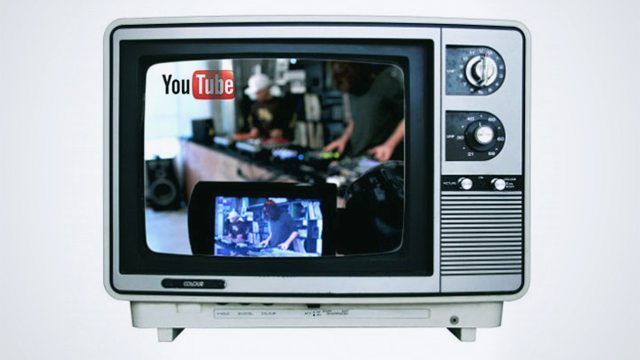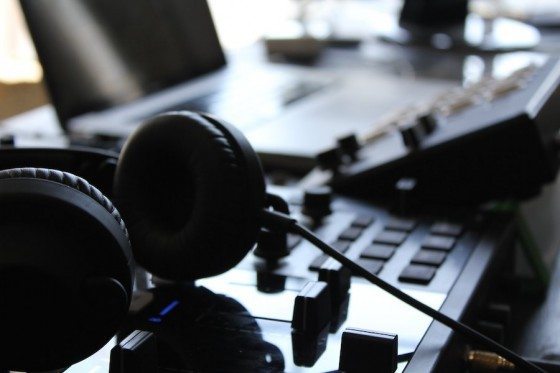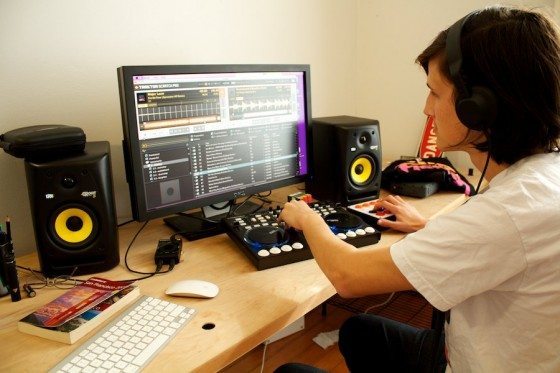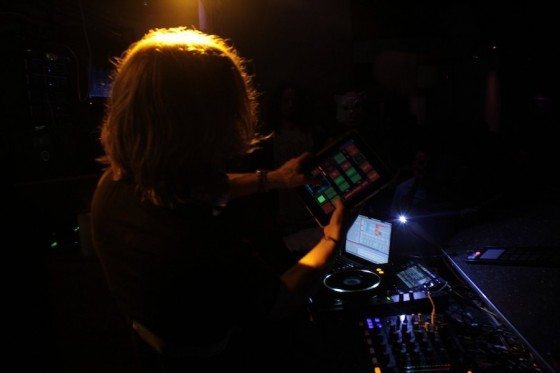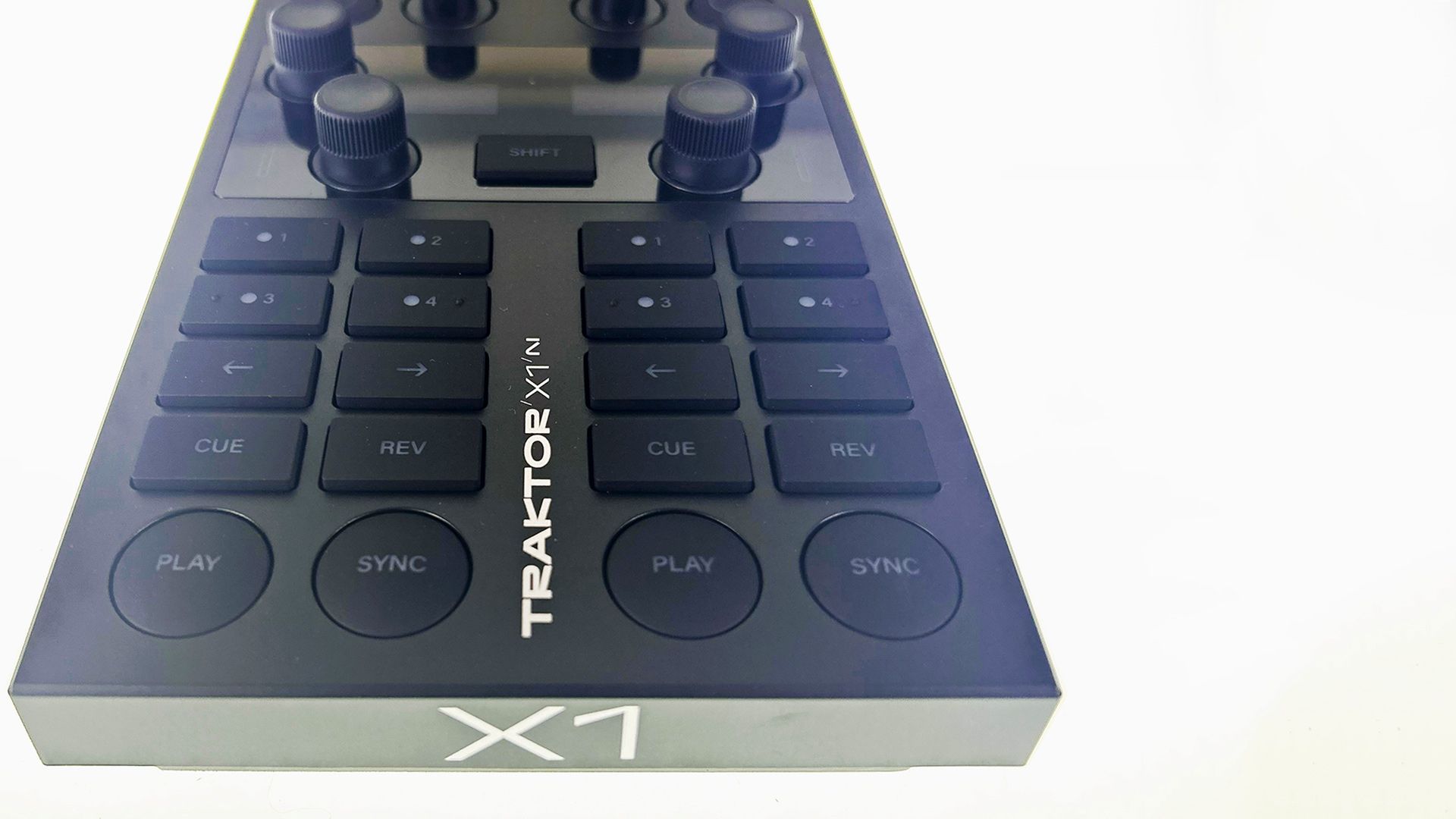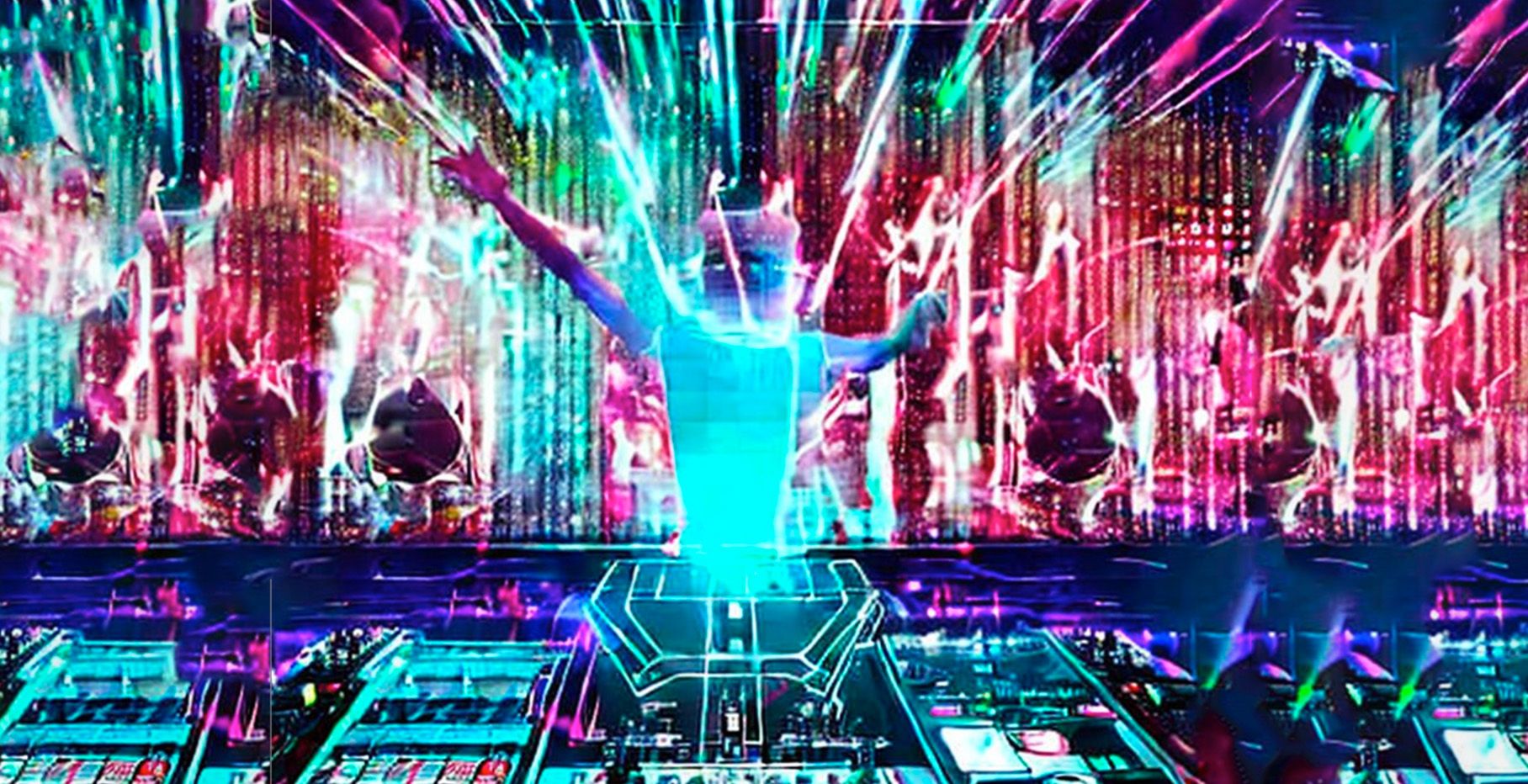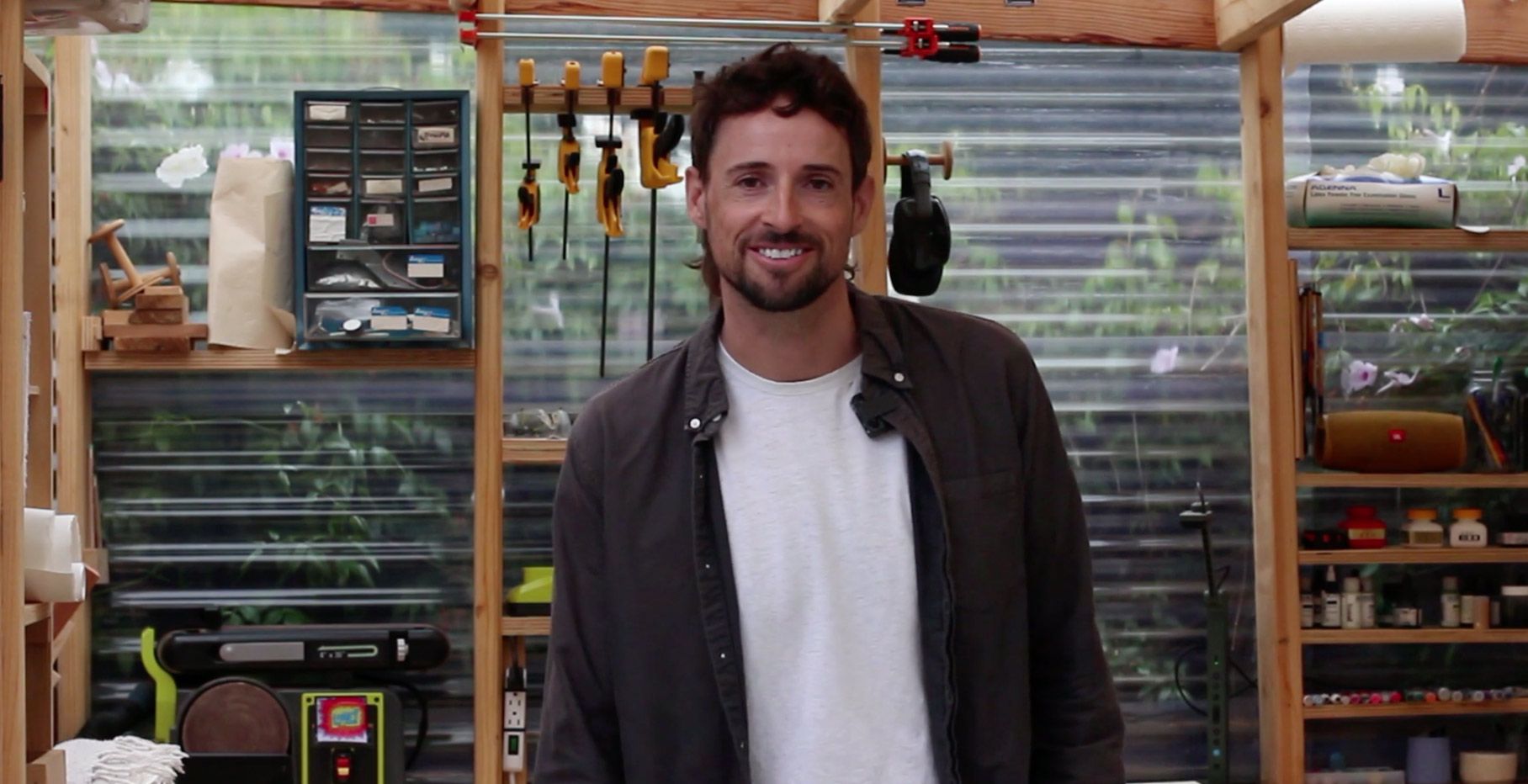The art of manipulating and interacting with music through controllers has come a long way in the past 10 years. Today’s dynamic internet has proven to be an excellent delivery medium for new ideas and DJ focused videos have flourished with each new development in hardware and software technology. The area in which we have not seen such a renaissance however, is on stage. While much of the material produced over the past year is undoubtedly impressive and innovative, very little of it seems to translate that well in front of larger crowds. Why is that? Well, there might be unlikely cuplrit- the medium of delivery, YouTube.
LOST IN TRANSLATION
In the video below, David Byrne provides a fascinating look into why various music styles work on certain kinds of stages and historically, why most music is actually written and produced for that context.
In case you were too lazy or too busy to watch the full video, I will summarize:
Due to the constraints and behaviors of rooms (reverb, delay in sound arriving and shapes) the context that you hear music in has a tremendous effect on your experience with that music. Everyone knows there are bands that sound amazing on CD and then fall apart on a big stage. Ignoring technical and creative limitations, the reason is often simple:
- You are used to hearing them at home over speakers or on your iPod, which is a very different listening environment than a big concert.
- It is my assertion that controllerism adoption into clubs and venues, presently “suffers” from that fundamental issue. To further clarify, let me break it down into three steps:
CREATION
- Today’s laptop performers (including myself) are developing techniques, sounds, tools and methods in home studios or at home, experiencing them and fine tuning the results either through near-field monitors or in headphones.
- In those environments, the level of detail and nuance that can be heard and created is very wide- so the sonic palette that is chosen directly reflects the listening environment.
DELIVERY
These ideas, once hashed out, are then delivered for your enjoyment and dissection via YouTube and other digital mediums. YouTube in particular is a remarkably unique delivery tool, in that you not only get a reasonably high quality audio picture (compared to hyped low end club in mono) but you also get impossible views into the performance. Imagine all the details that you can see in a great performance that would be impossible in a live setting:
- Screen captures
- Overhead shots
- Rear shots
- Tight cut-ins to the knob or button being used
This format allows you to appreciate and enjoy a significantly more complex and nuanced performance that might fall flat on its face in a large stadium or even a club.
CONSUMPTION
For most people, these videos are enjoyed using high quality home speakers, headphones or ear buds. In all examples, the subtle variations and texture that the performer intended are effectively transfered to the listener.
Changes in tone, effects sweeps, rapid fire re-triggers and all the trappings are both expressed and usually appreciated.
WHERE DOES IT FALL SHORT?
Live. Many of the “routines” I work on for this blog fall into the following categories:
- Too many technical set up details to pull off in a set (Phenomenom video).
- Too nuanced in their effects to be clearly heard on a large system (Midi Fighter Pro video).
- Mixing is far too fast for a real dancefloor (Midi Fighter Rock Mix).
So how can we fix that? Well, here are a few changes I have been making lately to develop a sound that is better suited for a live audience.
- Practice on larger speaker systems.
- Set up a weekly “jam” session in a club where experimentation is encouraged and expected in a safe format.
- Play out more!
- Start more contests and competitions where the techniques have to translate to an audience on a system.
- Develop standards for expression that can truly be mastered and understood by performer and observer alike.
A WORD OF MEASURE
This is not a knock on controllerism, just a honest assessment of the shortcomings I have been noticing lately in my live shows. Where does it excel? As an amazing fun musical experience that can be quickly picked up and effectively shared via the internet to people around the world. While it still has a long way to go before more live adoption, what we do have right now is actually kind of cool:
- a new musical form of expression born out of blogs and tailor made for the YouTube/Vimeo communication platforms. That’s fresh!


